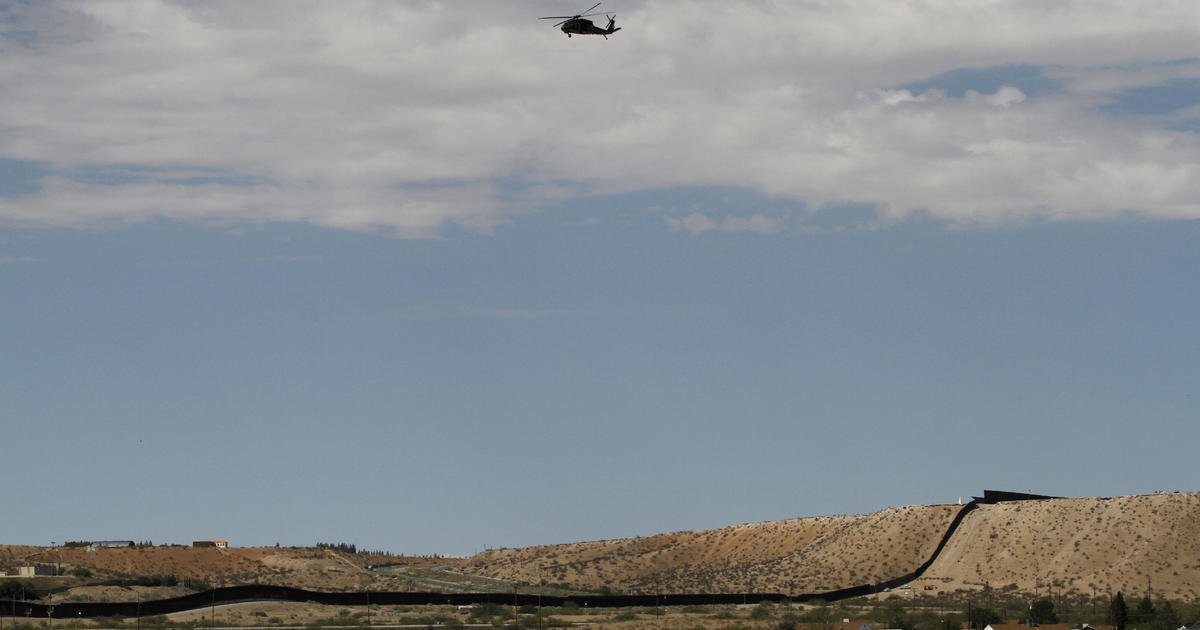The recent departure of approximately 2,000 migrants from Mexico’s southern border highlights the ongoing complexities and challenges of migration to the United States. This significant movement, occurring just weeks before a crucial U.S. presidential election where immigration is a central theme, underscores the urgency and human cost associated with border policies and the precarious situation faced by many seeking refuge. The motivations behind this mass exodus are multifaceted, stemming from both push and pull factors influencing migrants’ decisions to embark on such perilous journeys. The fear of potential changes in U.S. asylum policies under a new administration, coupled with economic hardships and bureaucratic hurdles within Mexico, creates a potent combination driving these large-scale migrations. This situation necessitates a deeper understanding of the contributing factors, the challenges faced by migrants, and the potential implications for both Mexico and the United States.
The Driving Forces Behind the Exodus
Several interconnected factors propel migrants to leave their homes and embark on arduous journeys towards the U.S. border. Economic desperation and lack of opportunities in their home countries play a significant role, forcing many to seek better livelihoods elsewhere. This is compounded by instability and violence in their home nations, compelling individuals and families to flee in search of safety and security.
Economic Hardship and Lack of Opportunity
Many migrants hail from countries with weak economies, offering limited job prospects and little hope for a better future. This is especially true in the southern regions of Mexico, where the influx of migrants has further strained already scarce resources and limited employment opportunities. The inability to provide for their families pushes individuals towards seeking opportunities elsewhere, often regardless of the risks involved.
Political Instability and Violence
Political instability and escalating violence in many Central and South American nations are powerful catalysts pushing people to seek refuge. The fear of persecution, crime, and a lack of protection in their home countries makes seeking asylum in the United States an imperative for survival. The escalating violence and insecurity create a desperate situation where migration becomes the only viable option for protection.
Fear of Policy Changes and CBP One App
The uncertainty surrounding U.S. immigration policies plays a significant role in these mass migrations. Migrants are particularly anxious about the potential for changes in asylum processing, specifically related to the CBP One app. This app currently allows migrants to schedule appointments for asylum processing, and the uncertainty surrounding its continued operation under a new administration creates a sense of urgency, leading many to try and cross the border before potential changes take effect. This fear is a key factor driving people to risk everything and join these large migrant groups.
The Challenges Faced by Migrants
The journey itself presents considerable challenges, with migrants frequently facing dangers and hardships during their travels. These risks include human trafficking, exploitation, violence, and the physical toll of extended journeys.
Dangerous Journeys and Human Exploitation
The route north is fraught with perils. Migrants are vulnerable to exploitation by criminal organizations, facing kidnapping, extortion, and abuse along the way. The lack of safety and protection during these journeys creates enormous risks and exposes them to vulnerable situations. This further fuels their desire to reach their destination quickly before any unforeseen situations arise.
Bureaucratic Hurdles and Delays
Navigating the complex asylum system, even within Mexico, proves extremely challenging. Many face significant delays in processing applications, leaving them in legal limbo and further adding to their precarious situation. These delays are frequently extended and are sometimes never resolved, leaving people trapped without clear immigration statuses.
The Broader Implications for Mexico and the U.S.
The ongoing migration crisis raises important questions about the responsibilities and approaches of both Mexico and the United States. The issue necessitates regional cooperation and comprehensive strategies to address the root causes of migration and manage the flow of migrants humanely.
The Strain on Mexican Resources
Mexico faces significant pressure in accommodating a growing number of migrants seeking refuge. This strains its resources and requires a coordinated response that encompasses shelter, basic services, and assistance in the application process.
U.S. Immigration Policy and Its Impacts
The United States faces the complex challenge of balancing national security concerns with its humanitarian obligations. Existing immigration policies, particularly related to asylum processing and the use of the CBP One app, shape the experience of migrants trying to enter the country legally, leading to uncertainties and increasing anxieties amongst the migrant population. Addressing these challenges requires thoughtful policy considerations, as immigration remains a consistently controversial and sensitive subject.
Takeaways
- The mass migration from Mexico’s southern border is driven by a complex mix of factors including economic hardships, political instability, and fear of changes in U.S. immigration policies.
- Migrants face numerous challenges during their journeys, including the dangers of human trafficking, exploitation, and bureaucratic delays.
- Both Mexico and the United States face significant challenges in managing this migration crisis, necessitating regional cooperation and comprehensive strategies to address the root causes.
- The upcoming U.S. presidential election will further influence the debate around immigration policies and highlight the long-term implications of this human crisis.




